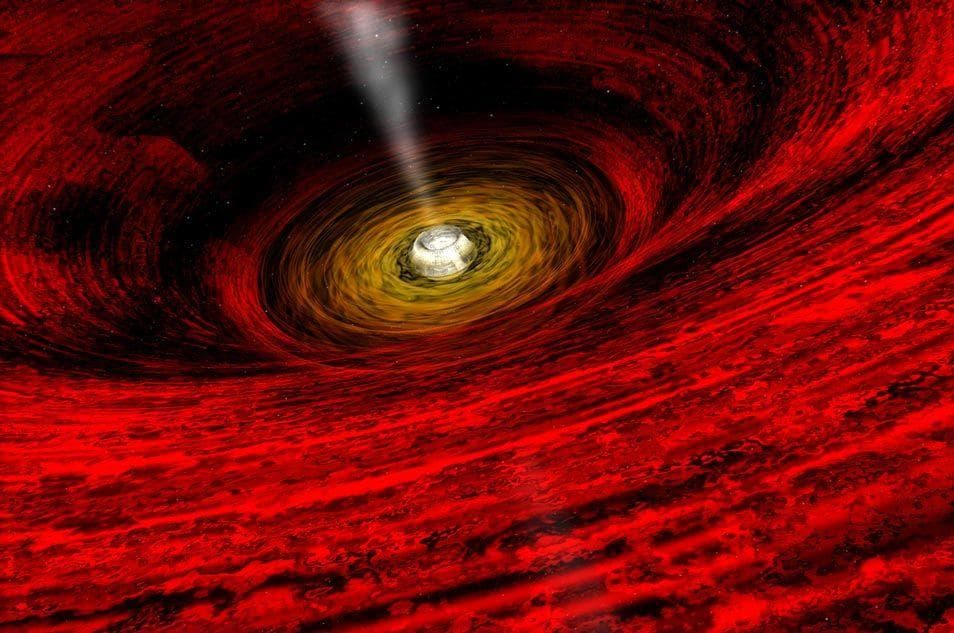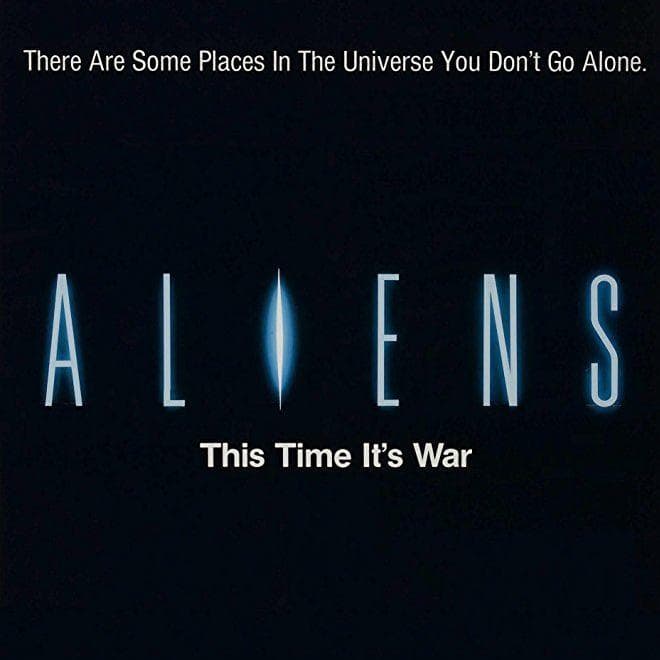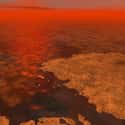-
(#11) It Might Be Older Than Saturn
Astronomers aren’t exactly sure how Titan formed, but it doesn't appear to be an amalgam of smaller remains like so many of Saturn’s other orbiting bodies. One theory suggests that Titan could actually be older than Saturn - a rarity for a moon’s relationship to its host planet.
-
(#5) It Has Lakes And Seas
Besides Earth, Titan is the only known body in the solar system with stable bodies of liquid on its surface. Titan’s landscape is littered with various lakes and seas, mainly composed of methane and ethane.
Those compounds can exist in liquid form there due to the extreme cold.
-
(#1) It's Like A Primordial Earth
Titan is often described as a primordial Earth, where processes such as flowing liquids and organic compounds point to the potential for life. However, much like Earth's earliest days, Titan isn’t currently hospitable to humans.
The moon's frigid temperatures, low ultraviolet surface exposure, and lack of liquid water and breathable air mean that complex organisms wouldn’t be able to survive there for very long without the aid of technology.
-
(#13) It's Been Explored
Humans first visited Titan’s region of space in 1979 with the Pioneer 11 probe. The mission reported that Titan was too cold to support life. Voyager 1 observed Titan by flyby in 1980, and while measurements such as mass, density, and surface temperature were obtained, the moon’s orange haze made it difficult to capture images of the surface.
Decades later, the European Space Agency (ESA) and NASA collaborated on the Cassini-Huygens mission, which completed its first flyby of Titan on December 13, 2004. Cassini mapped Titan’s surface by radar, and was able to capture the first high-resolution images of the mystery world.
Cassini deployed the Huygens probe, and it landed on Titan on January 14, 2005. It parachuted to a shoreline, where it used a variety of instruments to try to decrypt Titan’s many surface anomalies. Huygens was able to collect data for approximately 90 minutes, sending some 350 photographs back to Earth.
Cassini's last flyby of Titan is scheduled for April 22, 2017, and the probe's journey ends with a dive into Saturn. But a number of proposals to further explore Titan have already been proposed by ESA, NASA, and JPL, as well as by private companies and individual scientists. Everybody seems to be interested in unraveling the mysteries of this exotic world to see if life is actually possible there.
-
(#9) It Could Theoretically Support Life
Life on Earth is thought to have begun in the oceans, and similar hypotheses surround Titan’s subterraneous and surface liquids. Scientists are also looking at the unusual ways in which life could emerge under Titan’s unique molecular and environmental conditions.
Computer modeling of methane-based life has suggested that such a phenomena is possible, though no physical tests have been attempted to date.
-
(#7) It Doesn't Have Many Craters
With an ever-changing surface, it’s hard to know how often Titan has been impacted by asteroids or meteors. Since the moon is the size of a small planet, it's likely to have been hit by space debris, though only a few impact sites have been definitively identified.
But as it orbits the solar system’s second largest planet, Titan may be saved from many impacts; Saturn’s immense gravity likely draws in the bulk of passing objects.
New Random Displays Display All By Ranking
About This Tool
Titan is the largest moon orbiting Saturn and the second-largest moon in the solar system. The Dutch physicist and astronomer discovered it in 1655. Titan is currently the only known satellite in the solar system that has a liquid ocean. According to data returned by space probes, Titan’s atmosphere is dominated by nitrogen. Apart from the earth, no second satellite has been found with this characteristic.
Human beings have reasons to believe that Titan is the second celestial body besides the earth that is most suitable for human existence. Titan, like the earth, can rotate to produce seasonal changes, but its seasons last about 7 years. The random tool introduced more facts about Saturn's Moon Titan.
Our data comes from Ranker, If you want to participate in the ranking of items displayed on this page, please click here.
















